Solar Cost Metrics Exposed: The Price per Watt and LCOE
As the demand for renewable energy sources continues to grow, solar energy has become an increasingly popular and cost-effective alternative to traditional energy sources. However, understanding the terminology surrounding solar cost metrics can be confusing, especially for those who are new to the industry.
Two key metrics for evaluating the cost and value of a solar power offer are price per watt ($/W) and levelized cost of energy (LCOE).
Price per watt is a metric that measures the upfront cost of a solar system, while LCOE is a metric that measures the total cost of a solar system over its lifetime, including both upfront and ongoing costs.
These metrics can be used to compare solar energy systems and help consumers make informed decisions when going solar.
In addition to these two metrics, there are other important factors to consider when evaluating solar energy systems, such as system size and additional considerations that may impact the overall cost and value of a solar system.
In this article, we will explore these metrics and factors in more detail to help readers gain a better understanding of solar cost metrics.
Key Takeaways
- Two important metrics for evaluating solar power offers are cost per watt ($/W) and levelized cost of energy (LCOE).
- Cost per watt is used to compare installation prices and solar power costs, while LCOE allows for comparing the average per-unit cost of electricity.
- Solar system sizes are usually measured in kilowatts (kW), and to calculate $/W, divide the total cost by the number of watts of capacity in the system.
- LCOE is usually displayed as cents per kilowatt-hour (¢/kWh) and can be used to compare the cost of electricity produced by different solar energy systems, including those from utility providers.
Levelized Cost of Energy (LCOE)
In the context of solar cost terminology, the current subtopic of comparing solar power costs using price per watt ($/W) and levelized cost of energy (LCOE) is useful for evaluating the cost and value of a solar power offer.
Calculating LCOE accurately is essential for comparing the average per-unit cost of the electricity the system will produce. It allows for a more accurate comparison of the cost of electricity produced by different solar energy systems side by side.
LCOE is usually displayed as a cents per kilowatt-hour figure (¢/kWh), and it is calculated by dividing the total out-of-pocket cost of the solar energy system by the estimated total amount of energy the system will produce over a given period of time.
Comparing LCOE across different solar energy systems is an important factor to consider when deciding to invest in solar power. It allows you to compare the average cost of energy produced by your solar energy system versus the amount you would pay for electricity from your utility.
It is worth noting that actual LCOE figures will vary depending on different factors such as location, weather, and maintenance, among others. Therefore, it is crucial to understand the calculations and factors that affect LCOE to make informed decisions when evaluating solar power offers.
Related Article: Costs of Installing Solar Panels on Your Home.
Solar System Sizes
Solar system sizes are typically measured in kilowatts (kW). Estimating capacity is an important step in determining the size of a solar energy system that will meet your needs.
Residential systems are typically smaller, ranging from 2 kW to 10 kW, while commercial systems can range from 10 kW to over 1 MW.
Here are four things to keep in mind when considering solar system sizes:
- The size of your system will depend on your energy needs and available roof or ground space.
- Larger systems are generally more cost-effective in the long run, but may not be necessary for smaller energy needs.
- Residential systems usually have a smaller capacity than commercial systems.
- The size of your system will also affect your potential savings on energy bills and the amount of energy you can sell back to the grid.
Overall, understanding solar system sizes is an important part of making an informed decision about going solar. By estimating your capacity needs and considering your available space, you can determine the optimal size for your solar energy system.
Additional Considerations
When exploring the potential of solar energy systems, it is important to consider factors beyond just size and cost.
Financing options, for example, can have a significant impact on the overall value of a solar energy system. Many homeowners choose to finance their solar systems through loans or leases, and it is important to carefully consider the terms and interest rates associated with these financing options.
Additionally, maintenance costs should be taken into account when evaluating the long-term benefits of a solar energy system. While solar panels require minimal maintenance, it is important to factor in the cost of cleaning, repairs, and potential replacements over the lifetime of the system.
In addition to these financial considerations, it is also important to think about the environmental impact of a solar energy system. While solar panels generate clean energy and reduce carbon emissions, the manufacturing and disposal of solar panels can have negative environmental effects.
It is important to choose a reputable solar provider that uses environmentally responsible manufacturing and disposal practices. By taking these factors into account, homeowners can make informed decisions about whether a solar energy system is right for them.
Related Article: 7 Warnings to Watch Out for When Picking a Solar Provider.
Conclusion
In conclusion, understanding solar cost metrics is crucial for evaluating the cost and value of a solar power offer. Price per watt ($/W) and levelized cost of energy (LCOE) are two important metrics to consider when comparing solar energy systems. However, it is also important to consider the size of the solar system and additional factors such as financing options, maintenance costs, and environmental impact.
One interesting statistic to add depth to this topic is that solar energy is now the cheapest form of electricity in history, according to a report by the International Energy Agency. This is a significant milestone for renewable energy and highlights the potential for solar energy to become even more cost-effective in the future.
As solar technology continues to improve and economies of scale are achieved, we can expect to see even more widespread adoption of solar energy as a viable alternative to traditional energy sources.
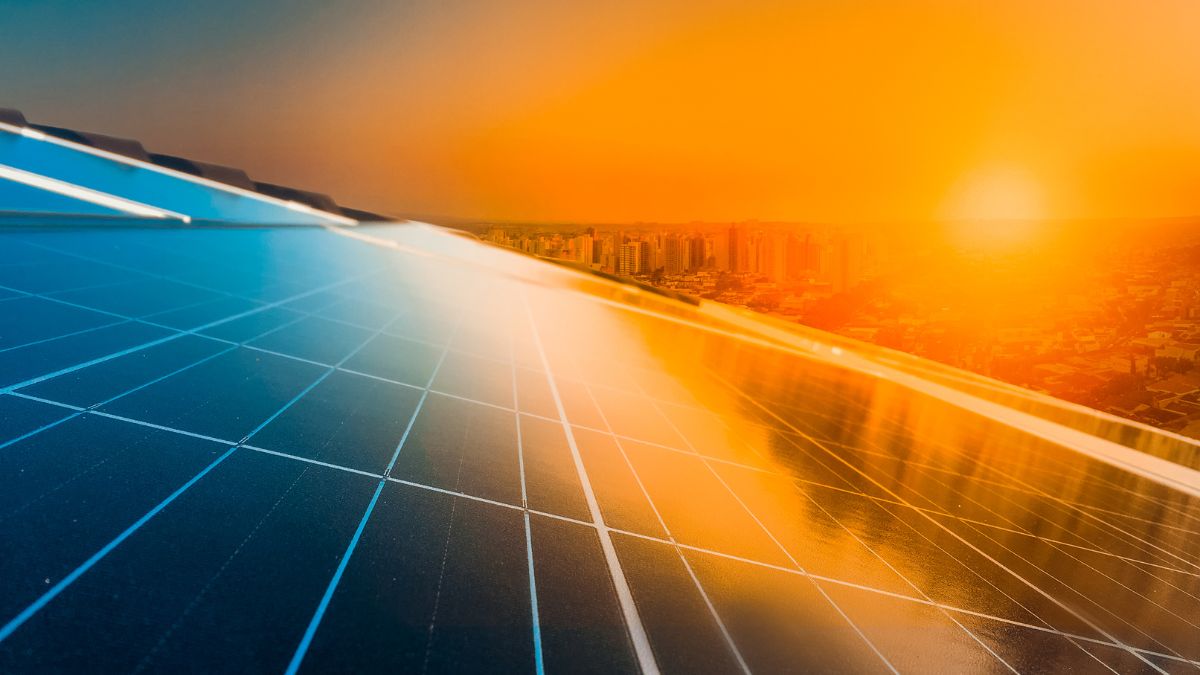
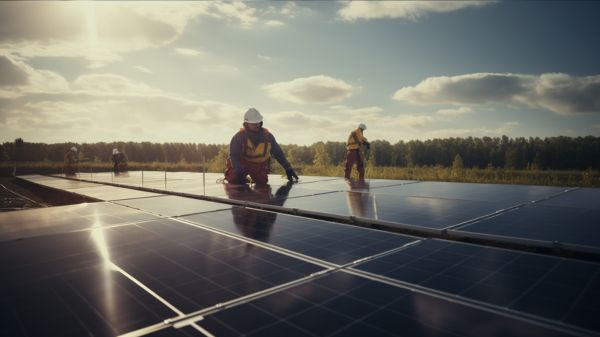
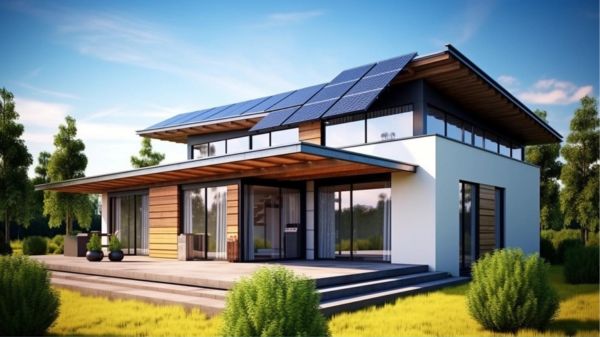


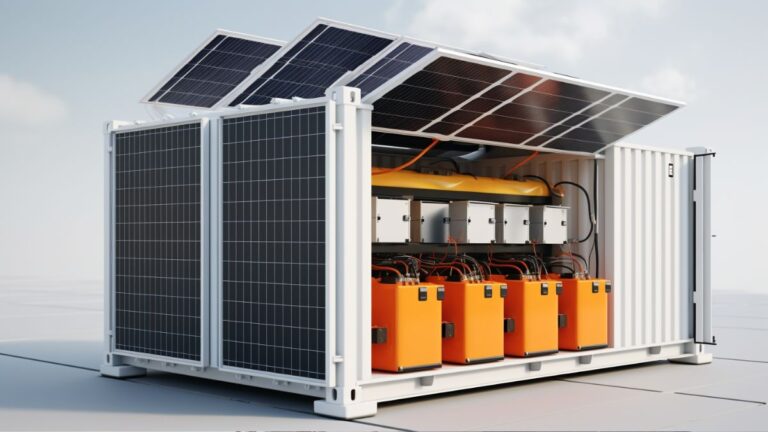
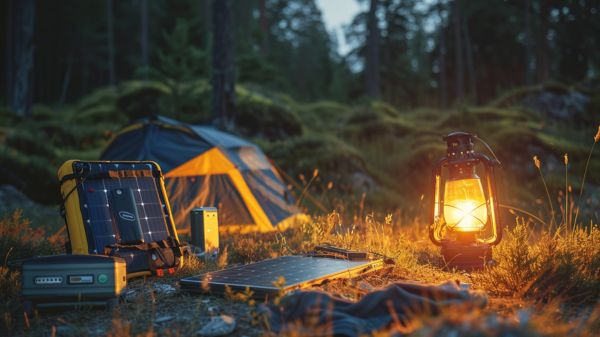
2 Comments
Comments are closed.